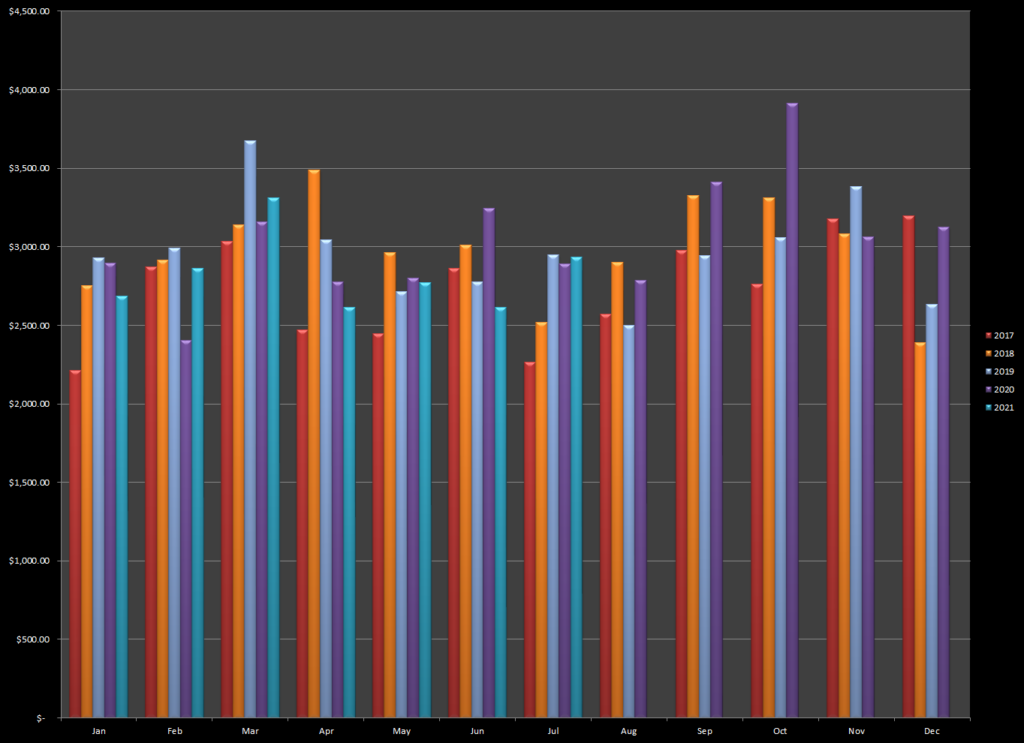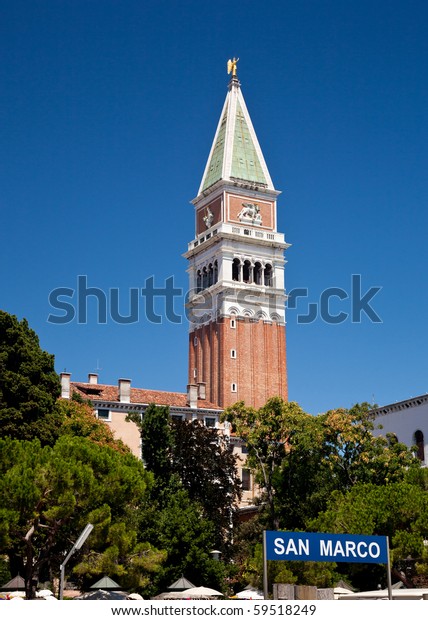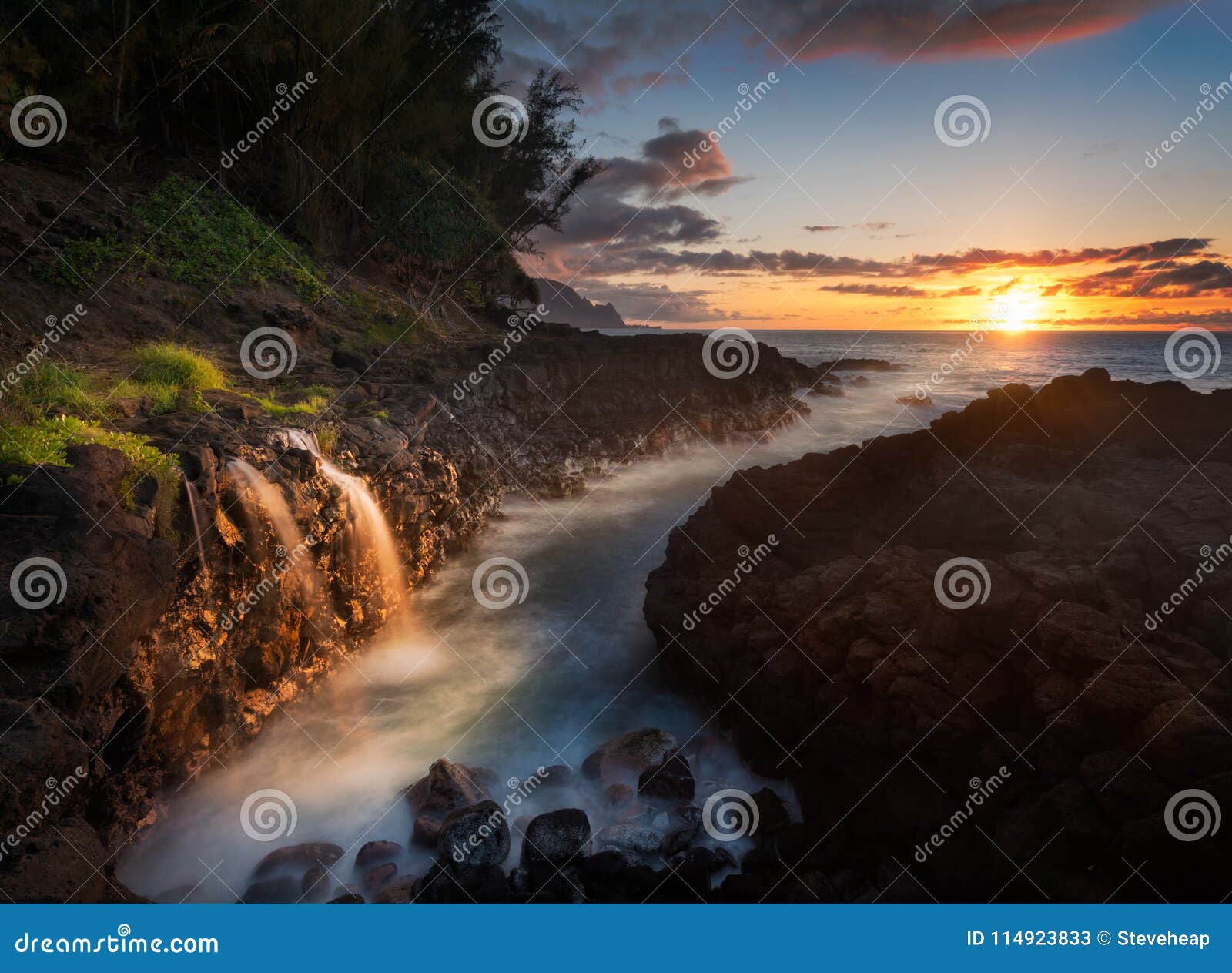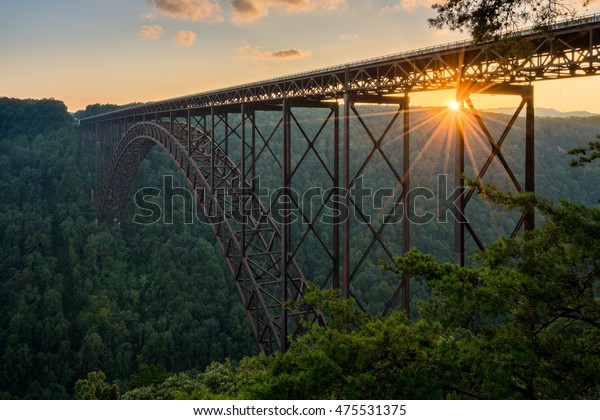Earnings from stock photography – July 2021
Beginning of another month – these seem to come round so quickly! July 2021 was OK in terms of total earnings, but looking below the hood, things don’t look so good! Total income ended with $2933 which is in line with July earnings in the past couple of years. So no growth, but no decrease in that top line number. However, I “sold” 100 images to Adobe Stock for their free catalog and received $500 for those pretty low earning images. To simplify my life, I added those into the July earnings total and so without them, I would only have earned $2433 – the worst July since 2017. So this is continuing the summer of despair – lower earnings despite an increase in activity. I know, I shouldn’t complain, but this is a real sign of the times in this industry.
Here is my usual graph of earnings:

If I don’t add this next chart, I always get a question about the size of my portfolio to support these earnings. I added about 100 images over the end of June numbers to give this:

Looking at the daily earnings during July, you can see the reason for the relatively poor outcome:

This chart, from Microstockr Pro, doesn’t include Getty/iStock and doesn’t include the bonus $500 from Adobe Stock. You can see the average levels of sales during the middle of the month. Some of these were just around the $40 to $50 a day level. If the month had continued at that sort of level, it would have been pretty poor indeed. What saved the month were those few days with much larger single download that really boosted the overall earnings. For instance, the tallest bar on the right is $176 and that final week of the month really made a difference for me. So what drove those peaks – some sales that you can’t rely on, but are very, very welcome when they come along. One of the reasons I think my portfolio does OK on these sites is that it is now a diverse mix of some pretty nice landscape/travel images and a whole series of studio type product or concept shots. So I sold this generic cellphone tower image (actually this one and the original that had a more boring sky) a total of 33 times for $49:

Then this one (and similar ones illustrating the new child benefit payments that are being issued in the USA – and which I wrote about several months ago in my premium section) sold 44 times for $39 in the month:

And then the changing an air filter series in an HVAC system sold 44 times for $25:

So all these different concept type images give me a base line of earnings that tends to come in month after month. Layered on top of that are those occasional higher value sales that really help total earnings:

This image, which I took and uploaded about 12 years ago, has never sold (at all!) until this month it sold on Shutterstock for $50.75. This this one from Kauai that had earned $7 in its 6 years online, sold on Adobe for $26.40. Finally, I sold 4 images of Kauai on Dreamstime for $14.30 each:

I think these were sold as Extended licenses for Prints, which I think costs the buyer about $50. What is slightly concerning here is that I had been communicating with someone who found me on Fine Art America and was going to buy some prints of Kauai to remind her of vacations there. I have a suspicion that she may have searched my images more widely and found their stock photo cousins and bought the files rather than the prints on FAA. I may be wrong (and I’m really grateful she bought a print extended license if she did this), but this discussion above shows two or three things. First, the danger of assuming that an image has never sold and so can be put into a free portfolio, second the danger of having the same image on both Print on demand sites and stock photo agencies, and third – you can never forecast what is going to happen!
Even with this, I’m not sure I would do anything different. This image from the New River Gorge national park as sold occasionally as a print, but has earned $1200 as stock downloads, including $48 this month in 16 downloads. So keeping it just as a Print on demand image would not have resulted in anything like those earnings.

So, I will continue as I am – putting my images everywhere in the hope of meeting a need for either a print or a download. I will also continue to take the $5 from Adobe if they select more images in the future. I feel I am just milking this portfolio rather than treating it like a lifetime asset, but with the way the industry is changing, that is probably the best plan for me.
So what did the agencies do this month – of course Adobe was first with $1027, SS next with $582 and Getty next with $475. Then a big drop down to Alamy with $203 and then on to the minnows (which collectively do OK, I must admit!). Videos were rubbish at around $50….
No sales on Fine Art America this past month. My adventures with social media are not paying dividends so far and I continue to work backwards through my portfolio adding new images over there. I will do this for the rest of 2021 and then see where I am!
Until next month – happy shooting…







Amazing sales on Dreamtime, Steve.
The more I think and research about fine arts sales, the more I believe that those of us who come from a stock photography perspective, are making some fundamentally misleading assumptions. One is that more is more, hoping that someone will find our photographs in the database and buy them, which his possible to happen occasionally but does not lead to repeat sales. Those artist who I see making more reliable sales of fine art have accrued followers and admirers and collectors who will make purchases from and give referrals for that artist. Although trying to put our photos in front of people, as many people as we can, may help to some extent, to make occasional sales, the marketing strategy that succeeded seems to be different, and more difficult for photographers than for painters. A few suggestions I have gotten from more experienced artists are: especialize, so you will be known for something you do well and hopefully better than others; have less options in the portfolio (too many choices scare customers); network with people in real life; concentrate marketing efforts to those who can help expose you art (gallery curators, people who have famous instagram accounts with many followers, or whatever equivalent). I do have a feeling that those people who sell more consistently on FAA are not telling the whole story when they give advice. And there is no real reason why they would.
Well argued, as usual! I think you are sort of right! The people who often comment on the forum over there do tend to have focused portfolios – Mike Savad aims his at companies and individuals who want an old colored photo of their trade or profession and he markets them as such. Does very well. Then there is the Rich Franco who photographs old cars and markets to car enthusiasts. But there are people who have hundreds (or thousands of more generic landscape and travel images that seem to sell frequently but rarely comment). There is also a guy on Facebook (Thomas R Fletcher) who takes pictures of West Virginia most recently and has 36000 people following him there. He has many landscape images on FAA (https://thomas-r-fletcher.pixels.com/). I think if you are just doing a single sort of topic then you should put your best work there. If you are doing more travel stuff like me, then you need as wide a selection as you can get because you are just going to get impulse buys. I wish I could get a following, but I don’t know how!
Steve
Steve, travel photography would be one such form of specialization. I think you can specialize in travel, USA travel, West Virginia travel, or whatever, but have a common element in your work that people will know you for. You can then separate your photos into smaller portfolios (not more than 30 or so) for each location, attraction or whatever logical way you may want to categorize your work. I, for instance, do a lot of different things (still life, generic landscape, abstracts etc) and I think it is possible that by dividing attention I am having a difficult time conquering an audience. But as you well know, these hypotheses, and I’m afraid that testing them all is something I do not have time in life to do. Right now, I am trying to find a way to simplify my portfolio and see if that will help.
I hear you, but I’m not convinced, but I will watch your experiments with interest! I also followed this couple for a while: https://debra-vanderlaan.pixels.com/. They have 11,000 images and have 33,000 followers on Facebook and I think they sell pretty frequently. I’ve occasionally seen them on the discussions, but not often. I also find it hard to filter my own images down to be honest and I have seen things sell that I don’t really think are the best of that location, so having more gives more chance of that odd sale. I think you either really focus down and create a very high end portfolio that sells for lots of money to followers, or you go for the more “one-off” sales that someone buys because they like a place. But I only know enough to be dangerous!
I know what you.mean, I also don’t know much. Currently I never sell anything on FAA so I feel like whatever I do can’t leave me worse off
P.S. Rich is a good example of narrowing down the portfolio. He used to do all sorts of things, particularly landscape if I recall correctly, and now he’s concentrating on cars.
Steve, Alessandra, thank you for sharing your thoughts.
Reading your comments in this blog is one of the best possible learning experience for a photographer that is trying to sell online.
I can share my personal experience too. My background is mainly stock photography: I contribute to all the main microstock sites since 2008. My portfolio is around 7000 images online with 60.000 downloads only on Shutterstock.
In 2020 I split my production into two different streams, with two different brands and names. You can find my fine art photography here at https://www.paolomodena.com/ and my stock photography everywhere in microstock agencies under the nickname Paolo Gallo. Even though income from microstock is currently my mainstream, I firmly believe that the future is out of microstock, which is why I’m investing time and money in a fine art stream.
Long story short: it’s not a sum zero game. If you invest time and effort in microstock, you can invest in a completely separate fine art stream with two distinctive brands and identities. It’s possible, I’m doing it. My success with fine art is still limited, but works are in progress…
Keep in touch
Paolo
Nice site, Paolo – I like the idea of talking about how and why you made a specific image – I think Alessandra does that as well. I ran out of steam after three posts on https://BackyardImage.com! But perhaps I will try again. I am aiming to separate myself into the two halves as well, but I suspect it is relatively easy for people to piece the two together! You could join the Bloggers supporting Bloggers group on FAA – we comment on each others sites and get some return links to our own at the same time. You need a specific plugin installed so that Google follows the links.
Steve